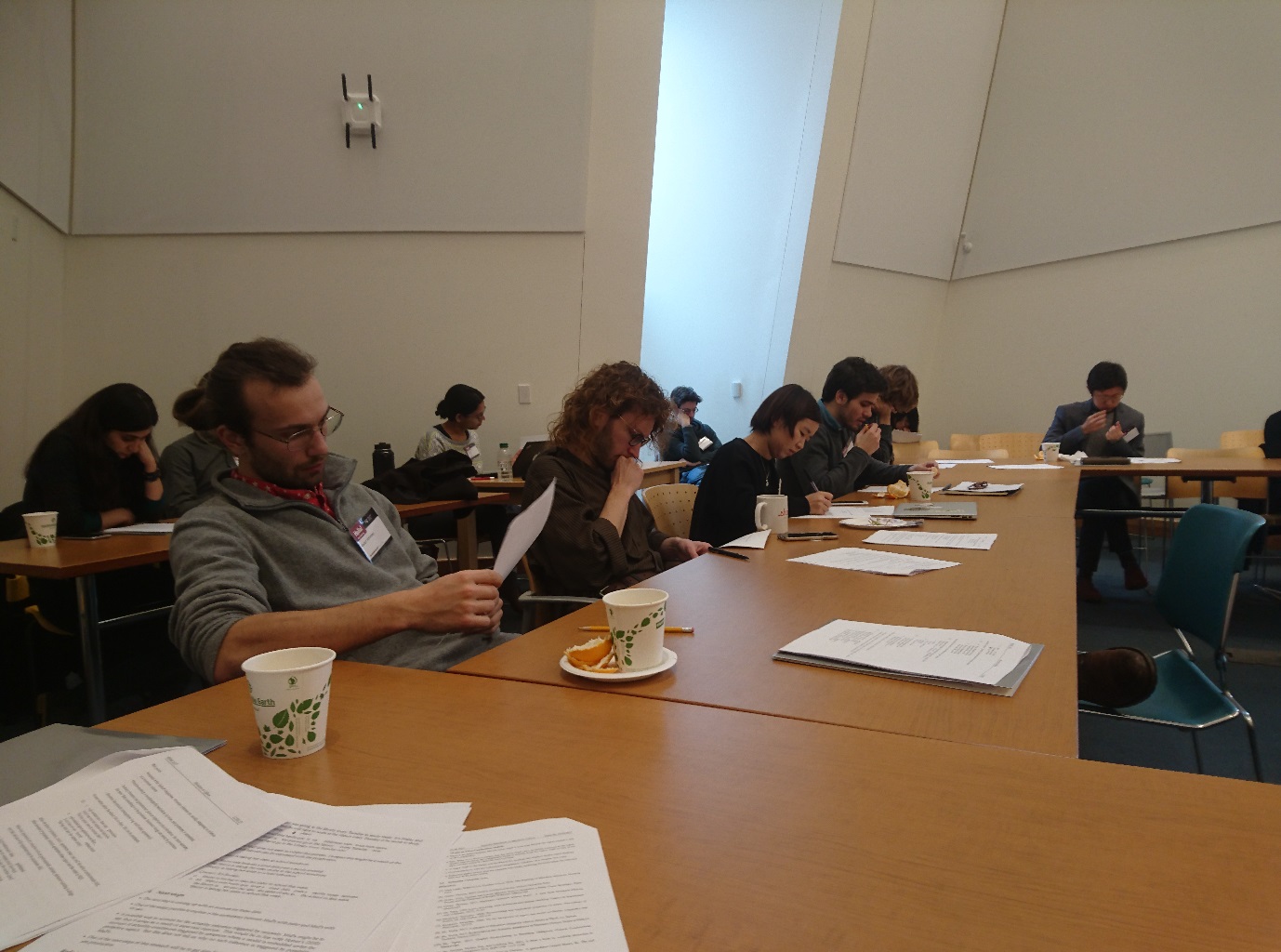Title: Discussion of Pietroski 2015: Framing Event Variables
Date and time: Monday December 4, 1-2pm
Location: 7th Floor Seminar room
Abstract:
I find myself writing two papers that are due around the same time. This one develops an objection, based on Davidson’s (1967a) analysis of action reports, to truth-theoretic accounts of linguistic meaning. The other one is about the relevance of Liar Paradoxes for such accounts; see Pietroski (forthcoming). In both papers, the first numbered sentence is (1).
(1) The first numbered sentence in “Framing Event Variables ” is false.
But here, (1) is simply a reminder of a familiar difficulty for the idea that declarative sentences of a Human Language have truth conditions; where for these purposes, a Human Language is a spoken or signed language that any biologically normal child can acquire given an ordinary course of linguistic experience. In my view, (2) and (3) present further difficulties for this idea.
(2) Alvin chased Theodore gleefully and athletically but not skillfully.
(3) Theodore chased Alvin gleelessly and unathletically but skillfully.
Following Davidson and others, I think action reports have “eventish ” logical forms like (2a-3a).
(2a) ∃e[Chased(e, Alvin, Theodore) & Gleeful(e) & Athletic(e) & ~Skillful(e)]
(3a) ∃e[Chased(e, Theodore, Alvin) & Gleeless(e) & Unathletic(e) & Skillful(e)]
We can stipulate that these existential generalizations—sentences of an invented language—have recursively specifiable truth conditions, and that ‘Chased(e, x, y)’ is true of <α, β, γ> if and only if α was an event of β chasing γ. But as we’ll see, there are good reasons for denying that (2) and (3) exhibit the specified truth conditions. There are potential replies. But I argue that they are implausible, especially given the many independent illustrations (e.g., via Kahneman and Tversky) of how human judgments are affected by linguistic framing.
The discussion will be led by Christopher Baron.
